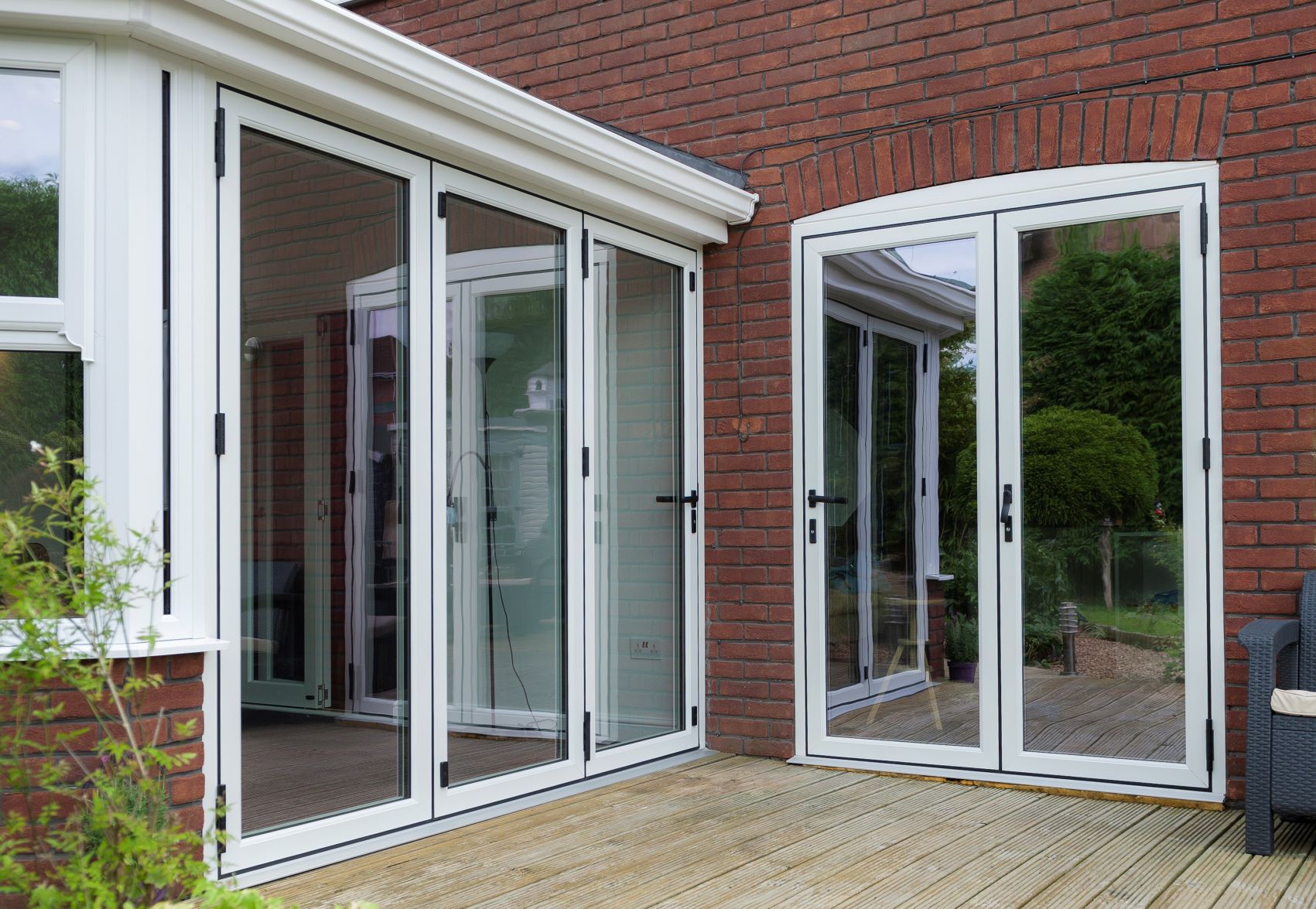
~ Bi-fold doors can help you maximise space, light and personality ~
The average size of a new build home increased from 2,479 square feet in 2007, to 2,584 feet in 2019. New places might be gradually growing, but the common design objectives of most homeowners are to create the impression of additional light and even more space. Instead of looking for a bigger home, opting for bi-folding doors could bring these aspirations to life. Here Nick Cowley managing director at windows and doors manufacturer Euramax, runs through the top considerations when investing in bi-fold doors.
Bi-folding doors are an increasingly popular design choice in UK homes. Homeowners have been able to install planning permission-free single story rear extensions since 2019, cutting the red tape for those who desire a larger living space. However, building more room isn’t feasible for every homeowner. Instead, the large, concertina panels of bi-fold doors are a favourable choice for those that want to create the illusion of more space.
A room with a view
Having ample natural light often gives the impression of more space. Natural light also boasts a variety of health benefits, such as boosting vitamin D production and, according to research, improving morale while promoting feelings of calmness.
An unhindered view of your outdoor space is a great way to harness the benefits of natural light, while creating a wider entrance point gives the impression of a larger room. For homeowners that want to admire the view of their garden, there are a couple of options to consider.
Sliding doors that are made of a few larger panels of glass require less frames, so are less likely to obstruct the view of the garden. Those opting for sliding doors should choose ones made from two large panels, with one sliding over the other, to give two wide apertures.
However, bi-fold doors are able to open further to give a wider entrance space than sliding doors. It’s therefore important to consider how you want the doors to look when they’re open and shut. Bi-folds are also better space savers for those with smaller rooms. Due their folding mechanism, bi-folds do not have the arc-of-opening that traditional French doors possess, so space is enhanced both in the room itself and as a wider access point.
In the frame
While favoured for their large number of glass panels, bi-folding doors still require sturdy frames. When choosing the frame material, homeowners should consider their property’s aesthetic, as well as potential upkeep.
A period property may suit a hardwood such as timber. However, these frames will need regular re-staining to maintain their appearance. Wood also risks twisting and warping in the heat, so you should select either an engineered wood or a different material altogether.
PCVu is the best choice for those on a budget, and requires far less maintenance. Standard white PCVu frames may easily match existing windows to create a consistent look. However, frames are also available in a range of modern colour options, such as on-trend grey, so they can easily match any home’s aesthetic.
Thermal performance
Large glass panes can be a chillier replacement for solid wall. To maximise energy efficiency and keep heating bills down, good thermal performance is crucial.
Energy-conscious buyers should look for bi-folds with the lowest rated U-value, which indicates the heat lost in watts per square metre. To comply with building regulations, bi-fold doors must be 1.8W/(m2k) for replacements, or 2.0W/(m2k) in new builds and extensions.
There’s nothing to stop you from aiming lower. Euramax products have a U value of 1.4 W/(m2k), making them a superb option for those wanting to keep their brighter, lighter space warm during winter. We can supply French, sliding and bi-fold doors to suit a range of preferences, and all our windows and doors are rated A+ for energy efficiency by the British Fenestration Rating Council.
Whether you are renovating a house to let in more light or to save on space, bi-folds are a great way of achieving multiple design ambitions in one fell swoop. By maximising light and space anyone can turn a simple room into an optimally used space.

